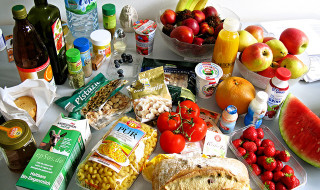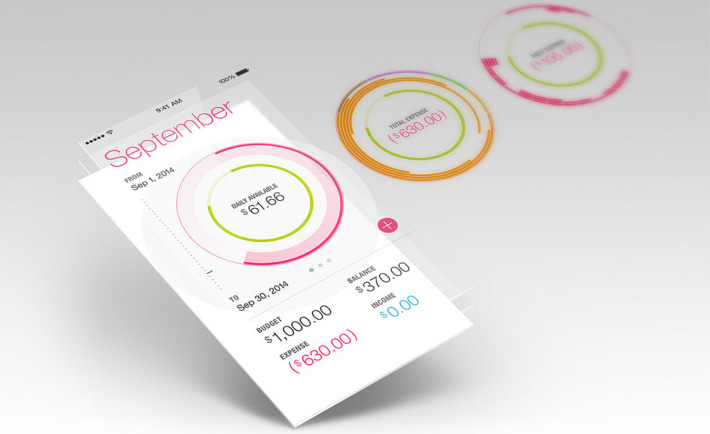Being in a relationship founded by mutual trust may find it natural to create a joint bank account together.
Since you can trust your partner with everything else, why not trust him/her with your own finances?
But, managing this may be difficult especially when there are two people with different buying habits and priorities.
So, here are 5 Tips to Help Couples with Joint Bank Accounts…
1. HAVE SHARED GOALS
Maintain a joint bank account for big financial goals such as vacations, household bills, or insurance. Whatever the purpose and goals may be, be sure to make it unanimous as both of you will contribute each month.
2. CREATE RULES BEFORE OPENING AN ACCOUNT
Have a plan of how each of you will contribute (e.g. 50-50 or 60-40). As said a while ago, discuss the goals and priorities you want to pursue in order to know where the money will go.
3. MAINTAIN YOUR OWN BANK ACCOUNT
Aside from the joint account, each person is entitled to have an individual account. This is because you must treat yourself or your partner personally without affecting the “household money”.
You might say that this burns the bridges of sharing, but not really. The key to having individual accounts is that both would have access to each other’s account in case of emergency so there are no secrets.
4. RECORD AND MANAGE YOUR EXPENSES TOGETHER
Communicate openly about your joint bank account and organize your expenses. Make it a habit to log on to your online banking account to reconcile all your purchases together (i.e., every week or every two weeks). Through this, you will understand how you are spending the money. Make cut backs if possible so you can save more.
5. REMAIN EQUALS
Embody your marriage vows or treat it like a merger between to companies. Everyone has an equal say and contribution to the shared account. This is why setting up rules and agreement before the processing is very important. Through this, you can keep an open eye if one overspends on something you did not agree on.
Ultimately, you must respect each other’s decision and communicate openly about your finances. Having a joint bank account may not be easy, but it is possible! Sharing is not only showing Care but it also Saves money.











